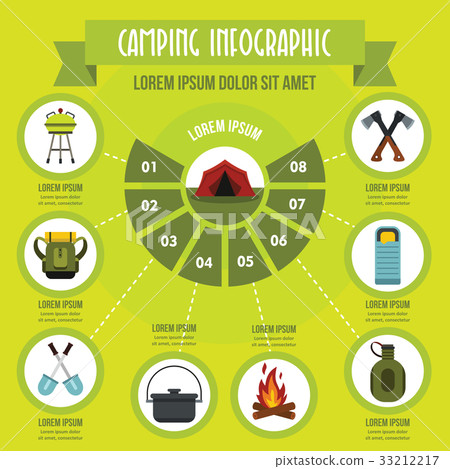A cooktop jack is a necessity for safe camping tent oven usage, keeping everything from chilly air to fire ashes out of your canvas outdoor tents. Nonetheless, incorrectly fitting one can result in camping tent fires and carbon monoxide gas poisoning, so it's important to understand the most typical errors campers make when setting up oven jacks prior to camping!
Replacement
A cooktop jack is among one of the most essential items of camping tent outdoor camping equipment. Not just do they keep the smoke out of your camping tent, but they likewise prevent a range of safety and security risks consisting of tent fires and carbon monoxide gas poisoning. Yet, it's easy to make errors in sizing and mounting a range jack. The good news is, by comprehending several of one of the most usual camper errors you can discover to avoid them and guarantee your stove jack is properly fitted to your tent for risk-free, comfy camping. Continue reading to learn more.
What Is a Camping Tent Stove Jack?
Essentially, an oven jack is a hole that sits in the flooring of your outdoor tents to accommodate your camp oven's smokeshaft pipe. It's critical for keeping whatever from cool air to rainfall and snow out of your tent.
Assessment
When effectively sized and installed, a range jack is the most effective way to safely vent your wood-burning camping tent cooktop while keeping cold air, rainfall, snow, bugs, and creosote from tent fabric entering your wall camping tent. Yet many campers fight with the installment procedure, and a stove jack that isn't fitted properly can be hazardous. Cooktop jacks need to be placed at a secure range from the tent wall surfaces, and the opening should be focused to supply an even spread out of warmth throughout the interior. Additionally, a gap between the oven pipeline and flue is a fire threat, and can allow carbon monoxide to enter your home. A WETT evaluation from a licensed professional is essential for your safety, and numerous insurance coverage suppliers require it prior to offering coverage.
A WETT inspection checks for prospective fire dangers, carbon monoxide gas poisoning threats, and architectural damages. It adheres to rigorous standards established by the Timber Power Technology Transfer (WETT) company to maintain Canadians safe and efficient with their wood-burning appliances.
